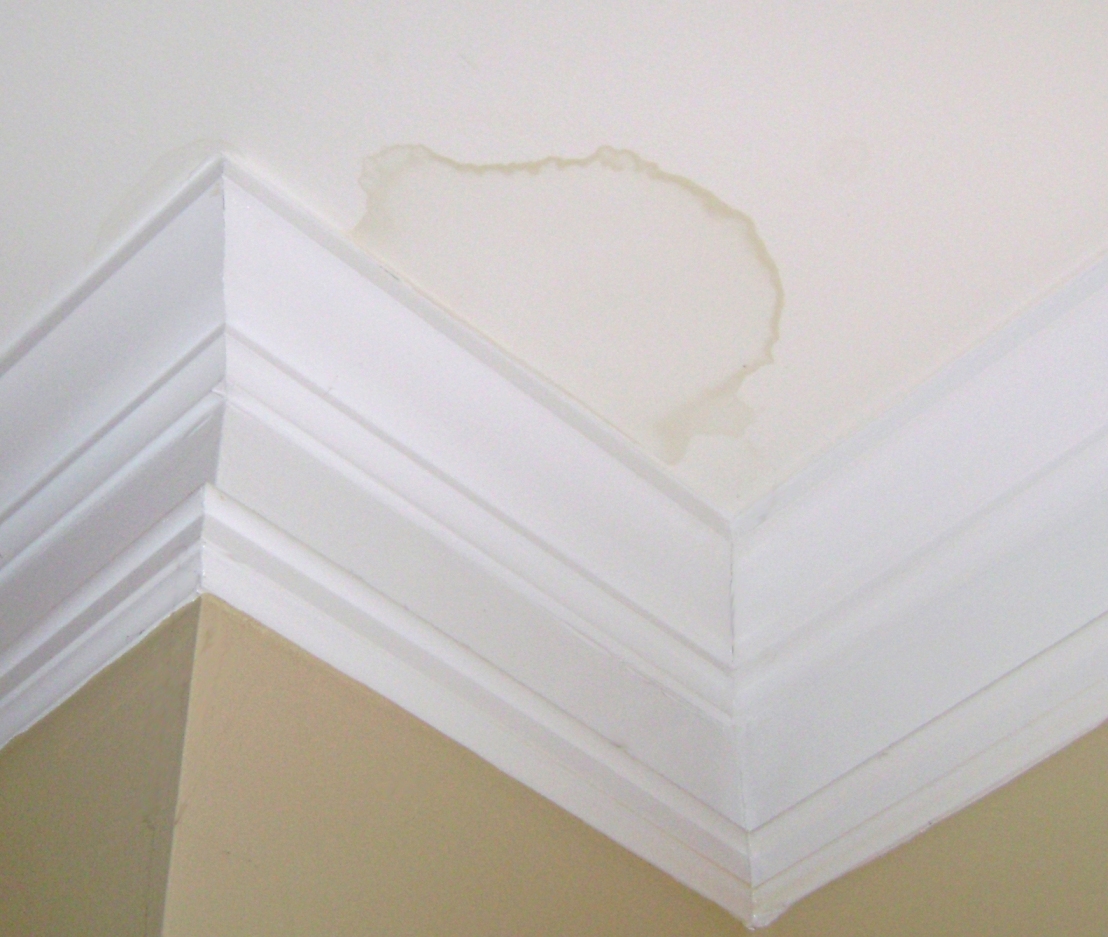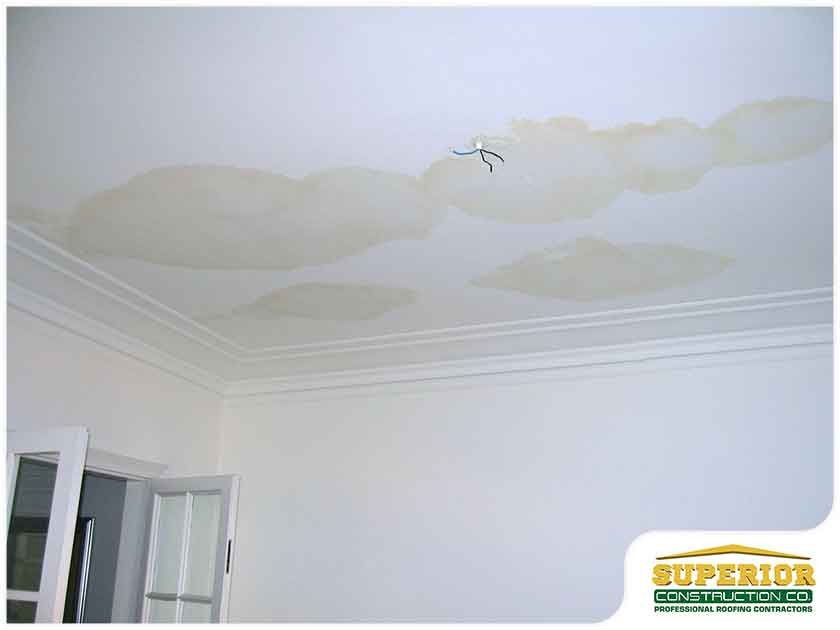When Walls Speak - Deciphering And Fixing Water Stains
When Walls Speak - Deciphering And Fixing Water Stains
Blog Article
They are making a number of good pointers on the subject of How to Remove Water Stains from Walls and Ceilings overall in this post which follows.

Water stains on wall surfaces are not pleasurable to the eyes. Your home should be without stains on the wall surfaces, roof covering, or floorings. That is the optimal state of a house as well as its structures. Occasionally it appears practically inevitable to experience water discolorations on walls in residences.
Homeowners residing in humid regions constantly manage the concern of water spots on walls. That doesn't have to be the instance for you. With precise and all-round info on the sources of water spots and punctual repair work procedures, you will constantly be a step ahead of such events. So, this post promises to be a practical guide for you.
3 Usual Reasons For Water Discolorations on Walls
Unlike popular belief, water spots on wall surfaces do not always come from inadequate building materials. There are numerous causes of water spots on wall surfaces. These include:
Poor Drain
When making a structure plan, it is important to make certain adequate drainage. This will stop water from permeating into the walls. Where the water drainage system is clogged or nonexistent, underground dampness accumulates. This links to extreme dampness that you observe on the wall surfaces of your building.
The leading cause of wet walls, in this situation, can be a bad drain system. It can additionally be because of inadequate administration of sewage pipelines that go through the structure.
Moist
When hot damp air consults with completely dry cool air, it creates water beads to base on the wall surfaces of structures. This occurs in restrooms and kitchen areas when there is heavy steam from cooking or showers. The water beads can tarnish the bordering walls in these parts of your house as well as spread to other areas.
Wet or condensation influences the roofing system and also wall surfaces of structures. When the wall is wet, it develops an ideal atmosphere for the growth of fungi and also microorganisms.
Pipe Leaks
Most residences have a network of pipes within the walls. This ensures that the pipelines are faraway from the reach of damaging rodents. It constantly enhances the stability of such pipelines, as there is little oxygen within the walls. This discourages corrosion.
A drawback to this is that water leakage impacts the wall surfaces of the building and also causes extensive damages. An indicator of malfunctioning pipelines is the look of a water discolor on the wall surface.
Water Spots on Wall: Repair Service Tips
When dealing with water stains, house owners would generally want a fast solution. They would certainly soon understand this is detrimental as the water discolorations recur. So, right here are a few valuable pointers that will certainly direct you in the fixing of water stains on walls:
Pro Pointer
A houseplant in your house additionally raises its moisture. So, if your house is currently moist, you might wish to present houseplants with minimal transpiration. An instance of ideal houseplants is succulents.
Verdict
Although no person intends to have water discolorations on walls in their house, it can occur to the very best of us. This post provides you leverage, as you currently understand exactly how to handle this mishap if it does occur.
It is constantly best to hire expert services to help fix the problems in your home.
Sometimes it appears virtually inescapable to experience water spots on walls in homes.
In contrast to prominent belief, water stains on wall surfaces do not always stem from bad building materials. There are numerous reasons of water stains on wall surfaces. The water beads can discolor the surrounding wall surfaces in these components of your home and also spread to various other areas.
Here are a couple of valuable tips that will certainly assist you in the repair work of water discolorations on wall surfaces:
CHECKING FOR WATER DAMAGE
Water damage can be costly, and it may begin before you even notice the first signs of trouble. Water damage can cause mold and mildew in your walls and floors, which can create an abundance of health concerns for your family. It can also lead to costly repairs of various appliances and general home fixtures. To avoid the pricey consequences of water damage, here are Warner Service’s top 5 places you should check:
The walls – The easiest place to spot the beginnings of water damage is on the walls and ceilings of your home. If water damage is present, there will most likely be water stains, especially around the windows and doorframes, and/or cracks in the drywall. If a stain looks unusual (discolored to brown, black or gray, raised texture), has a swollen appearance or is soft to the touch, contact a professional immediately. The pipes – To avoid water damage, consistently check the pipes in your kitchen (especially the dishwasher and ice maker), bathrooms, laundry room (specifically washing machines) and basement for corrosion, leaks and water stains. Pay special attention to where the pipes connect in your home and the location of caulking around the bathroom fixtures, including toilets, sinks, showers and tubs. Missing or loose caulking and grout could be signs of leaking water. This seepage can also quickly cause mold and rust, so double check your water heater and tank for wet spots on the floor. The floor – Water damage is very easy to spot on the floor. Look for any warping or buckling of the material, especially in the basement. If your home has wood flooring, look for bright white or dark stains. If your home has carpeting, keep it dry and clean. A damp carpet that smells of mold could cause water damage and health problems. To avoid this, consider installing floor pans under your appliances to help prevent damages from small, slow and undetected leaks. The basement and attic – If your basement or attic smells odd check for mold and mildew around the area, especially the valley where the roof meets. While you are inspecting those areas, check for wall cracks, floor stains, rust and dampness in the insulation. If you live in a colder and/or rainier climate, perform routine checks for water damage from melting snow or ice and rain. The exterior – Check the roof for damaged flashing and missing, cracked or curled shingles. There should also be no standing water anywhere outside your home. This could be caused by puddles, leaky rain gutters or hoses, poor drainage, or short gutter spouts. Invest in a sump pump system or water flow monitoring system, and perform routine maintenance on these outdoor appliances to avoid indoor water damage.

We had been brought to that write-up on How to Find and Repair Water Leaking in the Wall through a good friend on another website. Do you know anybody else who is interested by Water Stains on Walls? Take a moment to share it. Thank you so much for your time invested reading it.
Schedule Appointment Now
Report this page